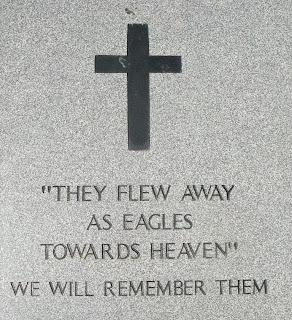Construction of this airfield began in Sept 1942. Located near Theberton / Saxmundham and Leiston it was known after all three places although it is best known as Leiston airfield. Initially to be for the use of RAF Fighter Command, it was allocated to the USAAF as a fighter base, for fighter escorts provided for USAAF bombing missions.
The airfield has the 'A' runway layout with a taxi track around the perimeter. The workshops, domestic quarters etc were laid out around the perimeter.
In Nov 1943, 358th Group arrived with P-47Ds but these were replaced with P-51s from 357th Group during Jan1944. This Group had several marked successes - for e.g. the Group claimed 20 enemy fighters shot down for the loss of three P-51s on a mission in Jun 1944 and on Jan 14th 1945 the Group shot down 48 enemy fighters for the loss three. For both these actions the Group received a Distinguished Unit Citation.
Every year a memorial service is held in memory of the USAAF pilots who operated from this airfield which ends with a flypast of a P-51.
Image 1: war time aerial of the airfield
Image 2: Map of airfield at the airfield memorial
Image 3: Typical airfield layouts - Station 373 is based on the 'A' layout
Image 4-6: From the airfield memorial
Image 6 & 8: P-51 taking part in this May's annual memorial service








Comments
Post a Comment